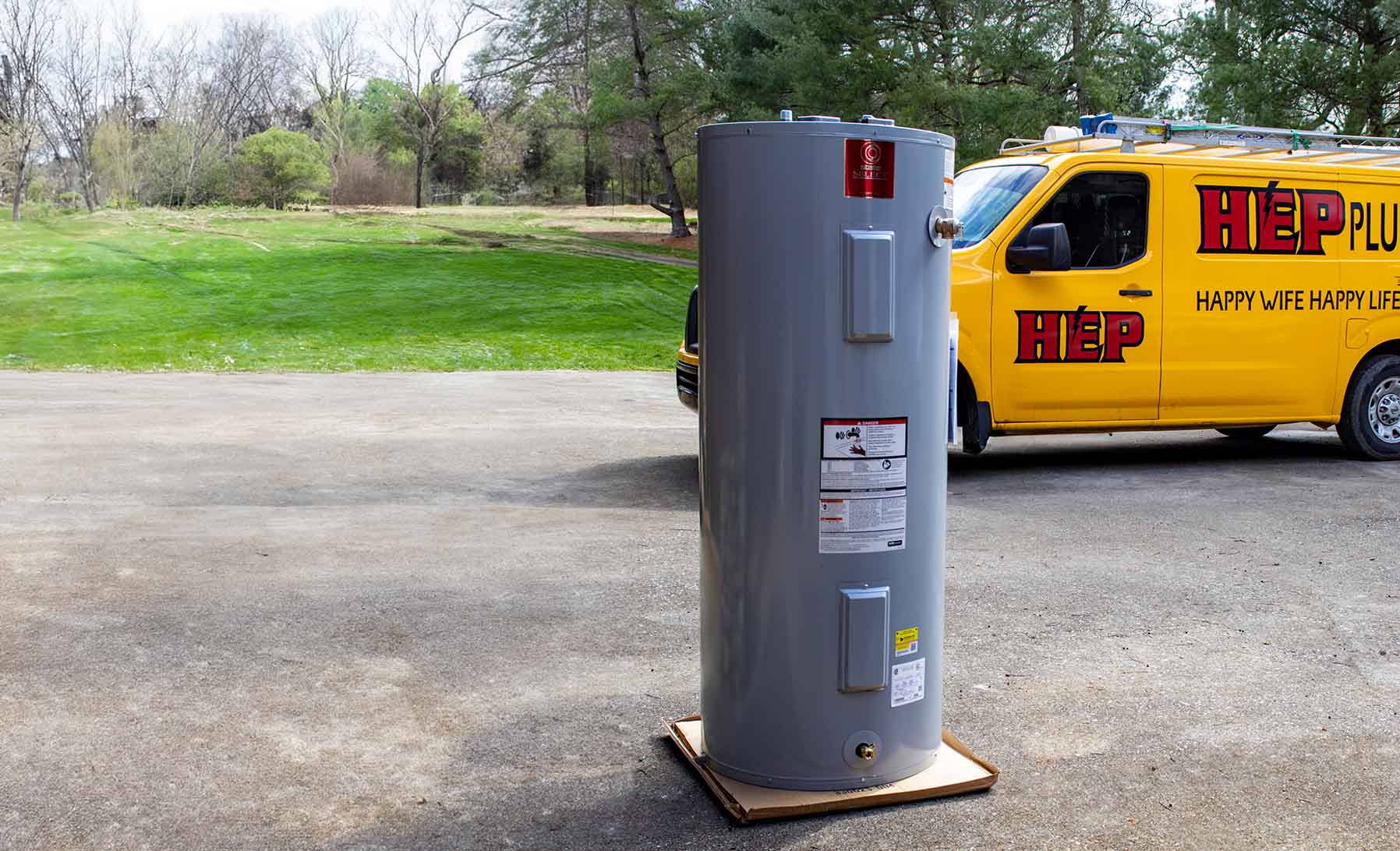

Energy Efficiency
Your trusted partner for professional home services. Quality workmanship, guaranteed satisfaction.




- HEP
- Energy Efficiency
Energy Efficiency | Tank Water Heater | Plumbing | Monteagle
Feel the comfort of reliable hot water while trimming your utility bills with HEP’s energy-efficiency plumbing services in Monteagle. Our master plumbers pair advanced insulation, precision thermostats, and rapid-recovery elements to create a modern tank water heater setup that outperforms outdated models and meets every household’s demand. From initial assessment to meticulous installation, we keep the process transparent, clean, and considerate of your home and schedule.
When you choose HEP, you gain a local team that stands behind its workmanship with solid warranties and 24/7 support. We handle permits, recycle old units responsibly, and fine-tune system settings so you start saving energy from day one. Ready to enjoy lower operating costs and consistent, steamy showers? Call or click to schedule your free on-site estimate—Monteagle’s most trusted plumbers are just around the corner.
FAQs
Why should I install an energy-efficient tank water heater in my Monteagle home?
High-efficiency storage water heaters are designed with better insulation, high-performance burners or heating elements, and smart controls that reduce standby heat loss. In Monteagle, where winter temperatures routinely drop below freezing, a conventional tank can cycle on and off all day just to keep water warm. A modern ENERGY STAR® certified model can cut that standby loss by up to 40 %, delivering the hot water you need while lowering both utility costs and greenhouse-gas emissions.
How much money can I expect to save after upgrading?
Actual savings depend on family size, water-use habits, fuel type, and local rates, but most Monteagle homeowners see 10 – 20 % lower water-heating costs. On a typical electric bill of $150 per month, that’s $180 – $360 in annual savings. If you heat with natural gas at $1.60 per therm, the payback period for a high-efficiency gas storage heater is usually 3–5 years. Savings can be higher when you combine the upgrade with low-flow fixtures and pipe insulation.
What size high-efficiency tank do I need for my household?
Sizing is based on First Hour Rating (FHR)—the number of gallons a unit can supply in a busy hour. A family of two usually needs an FHR of 45–55 gal, while a family of four often requires 60–75 gal. Because energy-efficient tanks recover heat faster, you may be able to pick a slightly smaller tank than your old unit and still meet demand. Our technicians perform a draw profile calculation that factors in simultaneous shower use, laundering, and dishwasher cycles to recommend the ideal capacity.
Are there rebates or tax incentives available in Monteagle or Tennessee?
Yes. TVA’s EnergyRight program typically offers $50–$150 bill credits for qualifying electric heat-pump water heaters and high-efficiency electric resistance tanks. Natural-gas customers served by Chattanooga Gas can receive up to $300 back on ENERGY STAR gas storage units. In addition, the federal Inflation Reduction Act (IRA) provides a 30 % tax credit, capped at $600, for ENERGY STAR certified gas or electric storage heaters installed through 2032. We handle the paperwork and provide the model and AHRI numbers you need to claim the incentives.
Will my existing plumbing and electrical/gas lines need modifications during installation?
Most replacements are straightforward: the new tank typically occupies the same footprint and reuses the hot- and cold-water lines. However, high-efficiency units sometimes require: 1) a dedicated 120 V outlet for electronic controls (electric and gas models), 2) a 3-inch PVC vent for ultra-low-NOx gas units, and 3) a temperature-pressure relief valve discharge routed to code. During our free on-site assessment we inspect the venting, gas supply, electrical panel, and drain pan to estimate any additional work before you commit.
What routine maintenance keeps an energy-saving tank water heater operating at peak performance?
1) Flush two to three gallons of water from the drain valve every six months to reduce sediment—especially important in Monteagle, where moderate hardness (4–6 grains per gallon) can form scale on the heat exchanger. 2) Test the anode rod annually and replace it when more than 6 inches of core steel is exposed. 3) Check the temperature setting; 120 °F is sufficient for most households and limits heat loss. 4) Inspect the inlet air filter on high-efficiency gas models and clean it as needed. Following these steps can extend the life of the unit to 12–15 years and maintain its advertised efficiency.